If you own a Speed Queen washer and you don't know how to drain it manually, you've landed on the right page. We've researched the proper method so we can share it with you.
To force-drain your Speed Queen washer, you need to:
- Put a bucket near the drain hose.
- Remove the drain hose from the pipe and position its mouth inside the bucket.
- Wait for the water to drain.
- Stop when the bucket is full and dump the dirty water in the sink.
- Resume draining the water until there's no more water left inside the tub.
Continue reading to get more tips on how to drain your Speed Queen washer manually and how you can put it back in order. Let's get started!
How to Drain a Speed Queen Washer Manually
A washer is so convenient to have. You just put all your clothes inside, push some buttons, and forget about your laundry. Before you know it, your clothes are clean.
Everything's breezy until you open your washing machine to find out that the water didn't drain. You're stuck with dirty clothes and a washer that's full of soapy water.
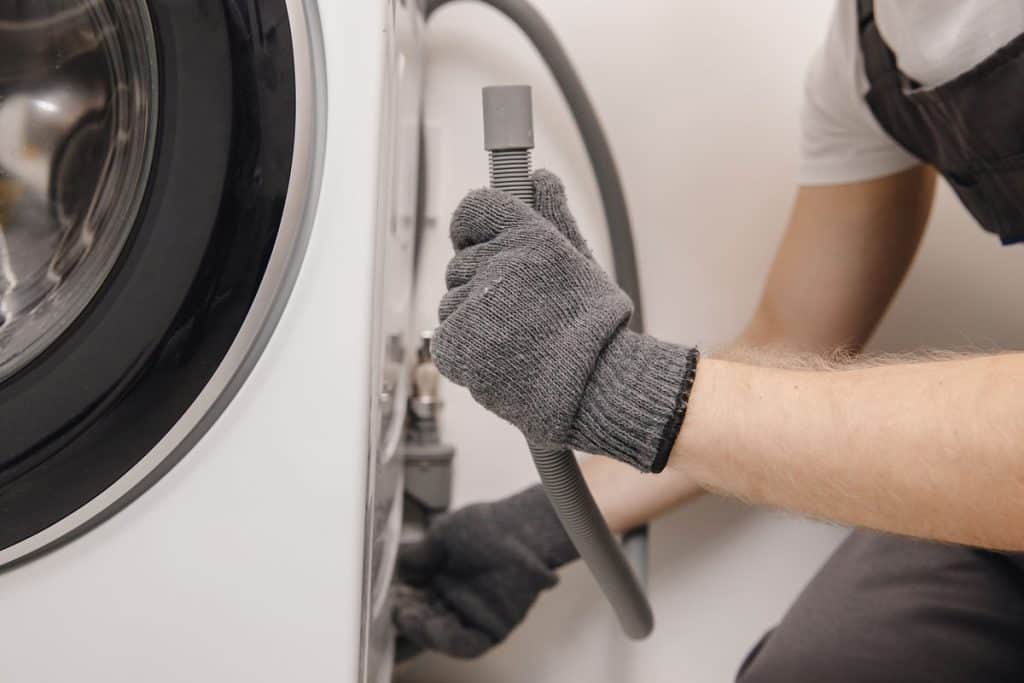
What to do now? You can't let your clothes soak in dirty water. They'll smell bad or worse, be ruined!
This is the time when you have to force-drain your Speed Queen washer. This means that you manually drain the water out of the washing machine. Don't worry, we'll teach you how to do it.
Tools and Materials to Prepare:
- bucket (you need a big one if your washer has a large capacity)
- any shallow container (if you're using a front-load washing machine)
- towels
- plumber's snake
We may include affiliate links and curated AI content to highlight top design styles.
Check out this plumber's snake on Amazon.
Procedure:
- Turn off the washer, unplug it from the power source, and turn it off from the circuit breaker. Turn off the water supply also. Remember, electricity and water are a dangerous combination.
- Put towels around the washing machine as a precaution in case the water spills.
- Check your owner's manual to determine the location of the drain hose. It is usually gray and can be found at the back of the washer.
- Push your washing machine away from the wall so that you have space at the back.
- Take off the back panel of your washer.
- Remove the drain hose from its position by loosening the clips. Don't just leave it on the floor of the laundry area. Put it up so that water won't spill on the floor.
- Position the bucket at the mouth of the drain hose and let the washer drain all of the dirty water.
- If the bucket is nearly full already, reconnect the drain hose to the pipe in the meantime so you can throw away the wastewater.
- Put the empty bucket back in its place and remove the drain hose from the pipe so you can drain the rest of the water inside the tub.
That's it! You've now removed the standing water inside your washer.
Force-Draining Front-Loading Washing Machines
Front-loading washing machines usually have an access panel at the bottom of the washer. This makes it convenient to get the drain hose. Remove the cap at its end and drain the water on a shallow pan. Put back the cap each time you have to dump the water in the sink so that you don't get the floor wet. Do this until all the water inside the washer has been completely drained.
Some front-load washers only have a drain pump filter. You won't find a drain hose. In this case, you can just unscrew the filter from its place until the water starts to come out.
Screw it back in place when you have to flush the water in the pan in the sink. Repeat until it has been drained of dirty water.
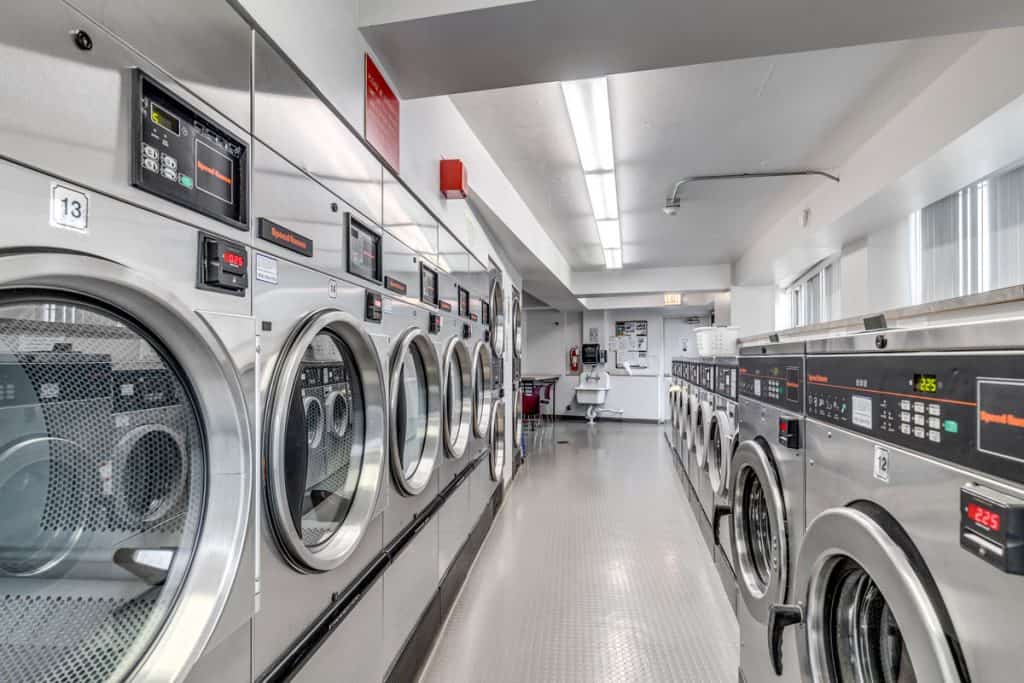
Clean the filter by putting it under running water. You can lightly scrub it with a soft-bristled brush or microfiber cloth to remove any stubborn dirt. Put back the clean drain pump filter in its position and secure it in its place.
Some More Tips When Draining Your Washer Manually
If the water won't come out of the drain hose, you have to remove the clothes and set them aside in your laundry basket. Check what's blocking the way and remove it. You can use a plumbing snake to get to hard-to-reach areas to push the debris out of the way. You can also pour clean and hot water inside the tub (you may add some cleaning solution if you want) to help dissolve the dirt.
Why won't my Speed Queen washer drain water?
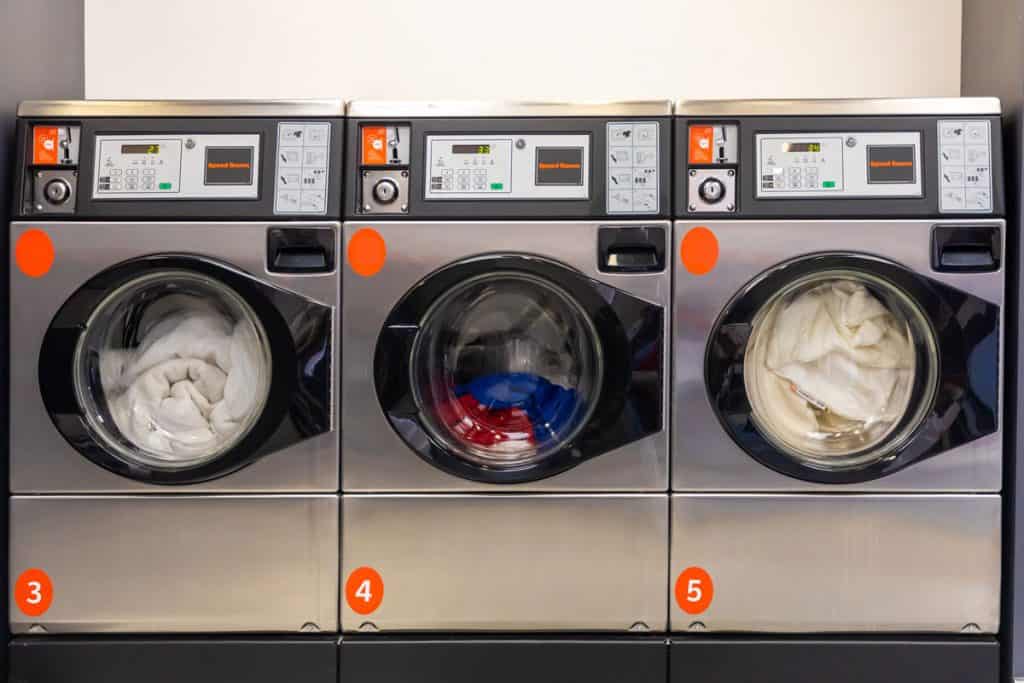
Depending on the wash cycle that you choose, your Speed Queen washer rinses and drains water two to three times for each cycle. This ensures that the clothes are clean after you're done washing. But if your washer doesn't drain the wastewater, then you won't achieve this.
That's why you have to find out what's causing your Speed Queen washer not to drain so you can address the issue and get back to cleaning your clothes as soon as possible.
How to Fix a Washing Machine That Won't Drain
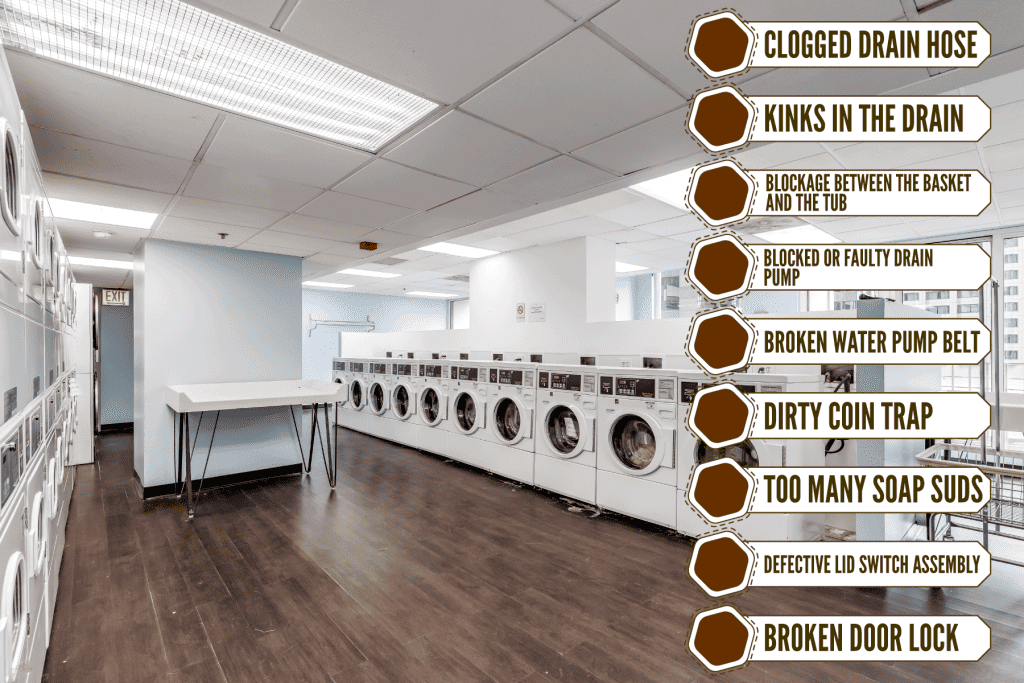
There are many different reasons why your washer won't drain water. Look at each of the components below to find out what's causing your washer not to release its wastewater. We've also provided the corresponding solutions to each issue.
Clogged Drain Hose
When your drain hose is clogged, wastewater from the tub won't be able to flow out into the pipe.
Turn off your washer and unplug it from the power source. Next, remove the drain hose from its position so you can inspect it up close. Look for any dirt and debris that have managed to get stuck inside causing the blockage.
Remove whatever it is that's blocking your drain hose. You can use a plumber's snake to help you with this task.
Kinks in the Drain Hose
When there are kinks in the hose, water might not be able to flow through it. The drain hose should be laid as straight as possible to help the water drain smoothly.
Straighten out the kinks by stretching the drain hose and removing the twists.
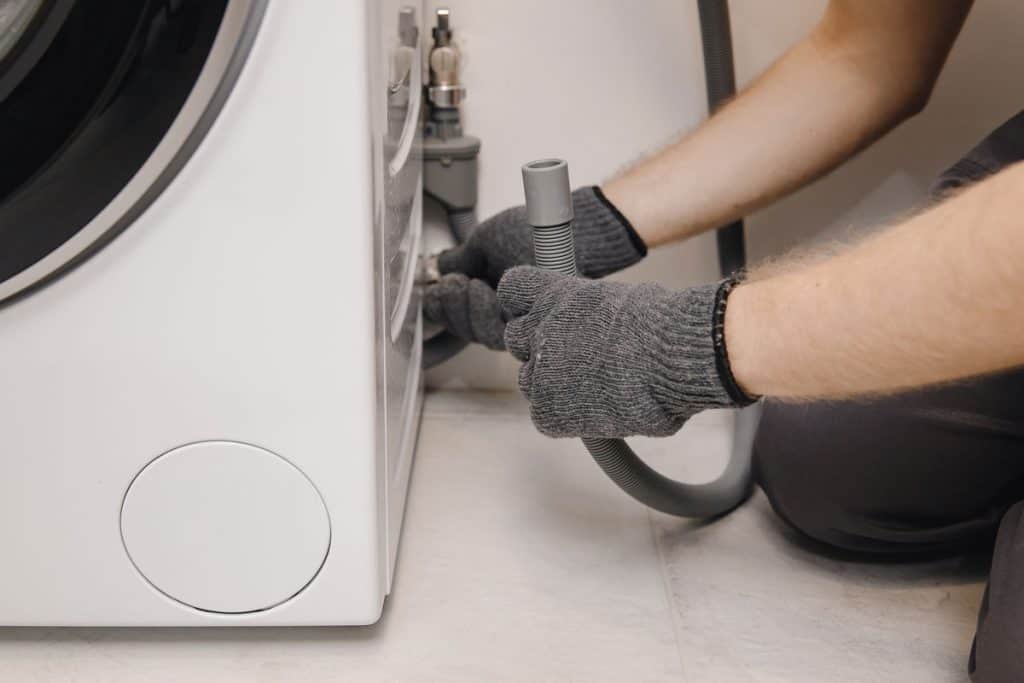
Blockage Between the Basket and the Tub
The inner part of your washer that has perforations is called the basket. This is where water passes through as it moves in and out of the washing machine. It is encased inside the tub. The tub ensures water stays inside the washer and drains at the right time.
When there's something in between the basket and the tub, say accumulated dirt, debris, or lint, water won't drain efficiently. You need to call a technician to have this checked so that you can have your washer back in proper working condition.
Blocked or Faulty Drain Pump
The drain pump extracts the water out of the washer. It is usually at the bottom part of the washing machine. Over time, there can be a buildup of dirt, debris, and lint causing it to be clogged. Foreign objects can also get stuck inside it and hinder the water flow. You need to get rid of all the dirt in this portion to remove the clog.
There could also be a problem with the electrical wiring. You need to remove the pump and check for continuity with the use of a multimeter. If it doesn't register any continuity, you would need to have the pump replaced.
Click this link to find this multimeter on Amazon.
Broken Water Pump Belt
Older washer units have water pump belts. It is attached to the motor of your washer and makes the basket spin.
However, this may become worn out, frayed, or broken. When this happens, your washer won't be able to drain its wastewater. The water pump belt needs to be replaced so your washer can function properly.
Dirty Coin Trap
Check your owner's manual to confirm if your unit has a coin trap. This is the part of the washer that traps dirt and other unwanted particles on their way to the drain. Given its function, it is no surprise that this part will be full of dirt eventually and prevent the smooth flow of water towards the drain.
Remove the coin trap from its position and clean it. Once all the dirt has been removed, you can put it back so that it can help filter foreign particles without blocking the way.
Too Many Soap Suds
When you put in too much detergent, it will produce too many soap suds. Their bubbles can get in the way of the waterflow or they may form soap scum that settles inside your washer and clogs the drain.
Clean the soap scum to allow proper water drainage. Check your owner's manual for the recommended amount of detergent to use and follow it next time to avoid this kind of problem.
Defective Lid Switch Assembly
The lid of your Speed Queen washer has to be completely shut for it to work. If something is wrong with any of its switches, it won't spin and drain.
Find out which of the switches on the lid assembly isn't working by using a multimeter on each one. Replace the switch that doesn't show any continuity so that your washer will work properly.
Broken Door Lock
As mentioned earlier, your washer has to be completely closed so that it can work. If something is preventing it from closing, check the door strike assembly for any signs of damage. If it is broken, you need to have it replaced.
These are just some of the reasons why your Speed Queen washer isn't draining properly. If you can't see anything wrong during your visual inspection, it's best to call the manufacturer's customer support for assistance.
Final Thoughts
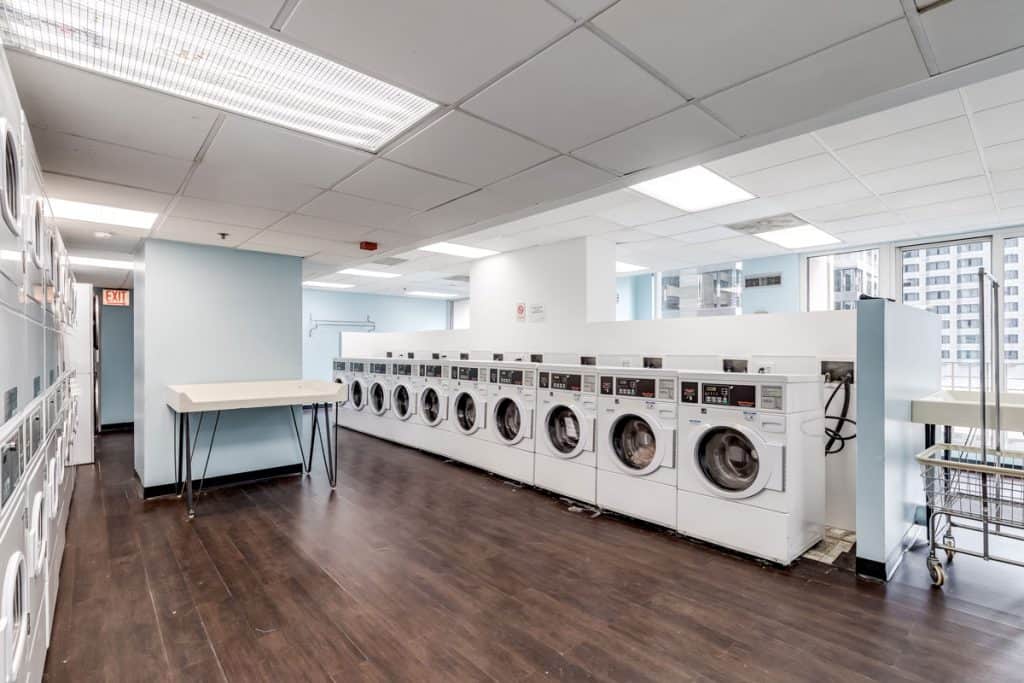
It is so easy to manually drain a Speed Queen washer. Just loosen the drain hose from its position and water from the tub will come out. The important thing to do here is to check what's causing the drainage issue so you can have your washer working in proper condition in no time.
Feel free to visit the following links for some related reading:
Water In My Washing Machine Drum When Not In Use – Most Common Causes And Solutions
How Much Powder Detergent To Use In Washing Machine [And Where To Put It]




